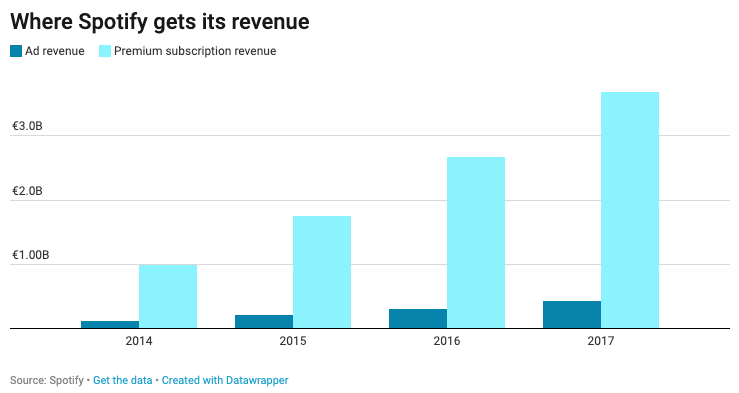At the heart of many successful product-led growth (PLG) strategies is a free experience that suits your product and user base. When considering the most suitable free model for your SaaS company, free trials or freemium usually come to mind.
However, there are, in fact, six distinct product-led free models you can choose from, each with its own set of pros and cons.
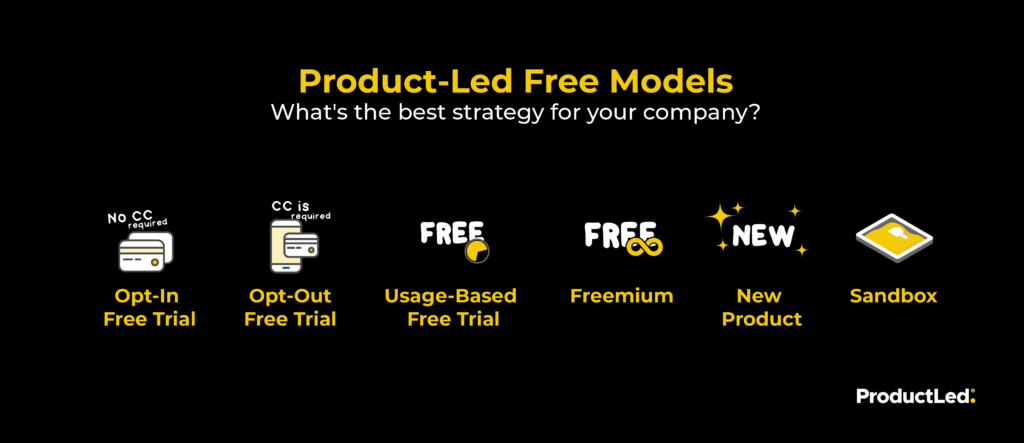
In this article, we will break down all six models and give you real-life case studies to see them in action.
Remember, each model can be used independently or as a hybrid to leverage one another.
Let's get started.
1. Opt-In Free Trial Model
Opt-In Free Trials are among the most common product-led growth models as they tend to onboard the largest number of users.
This free trial is time-based and can be as long or as short as needed for your user to reach their “Aha!” Moment.
Nevertheless, there are some valuable insights to aid in determining what's best for your PLG company:
- A 7-day trial is typically used for B2C products that aren't too complicated. They create time pressure to buy the product.
- Opt-in free trials from 14 to 30 days are the most common for B2B companies. These are typically for products that have more complex integrations.
Visitors are attracted to this model thanks to the ease of signing up. All you have to do is type in your email to access the product for free, such as Vidyard’s free trial below.
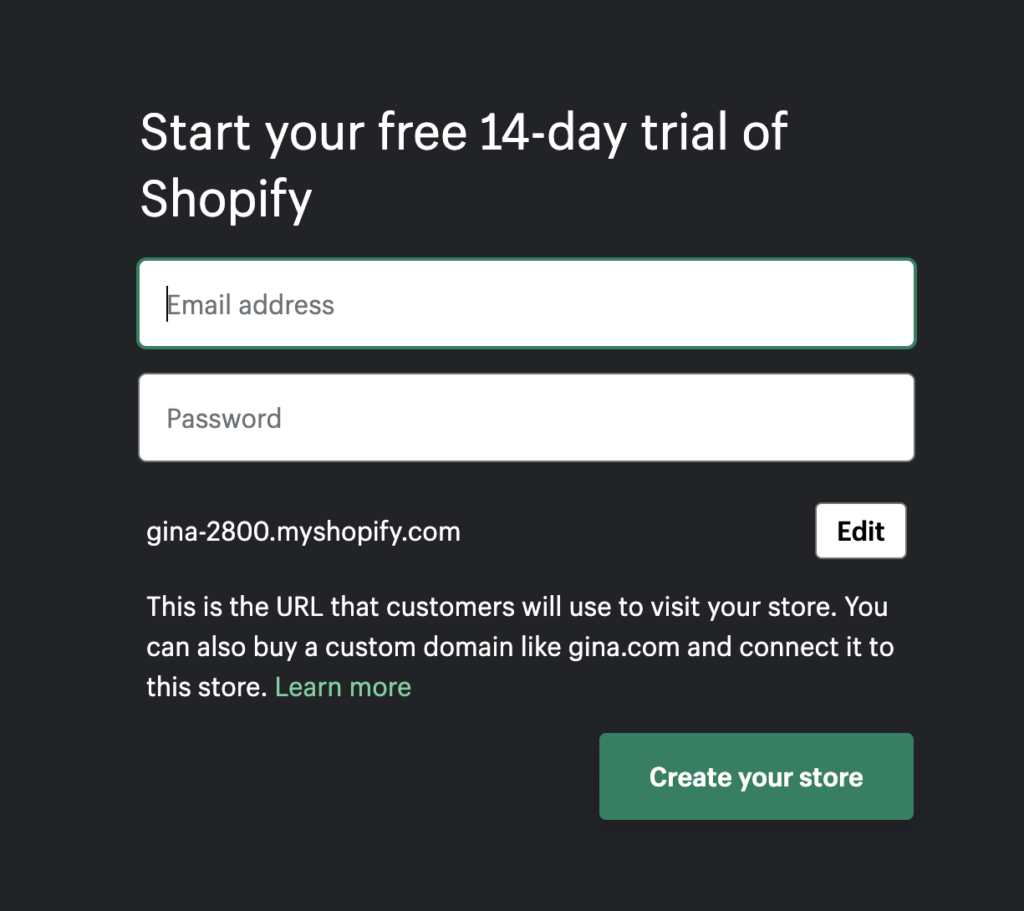
And just like that, you have an online store.
During your trial timeline, users can access most of the product's features to experience whether it meets their needs. They'll likely stick around if they can receive value from the product within the allotted time.
But if the time-to-value is too long, they won't be in a hurry to adopt your product either. So, you need to determine whether users can find value in your product within the allotted time frame, or the model won't work.
Pros and Cons
Here's a quick breakdown of the pros and cons of the model.
| Pros | Cons |
| • No CC required • Quick to test • Easy to get started | • COGS impact • Open to abuse • Lower conversions |
Inherent Risks
Aside from the pros and cons, there are some inherent risks associated with an Opt-In Free Trial Model and some scenarios where it works best.
| Risks | Best For |
| • Fraudulent signups • Feedback is scattered • High support cost • Spam accounts • More “Tire-kickers” (Users with no intent to buy.) | • Younger companies trying to establish their products • New products • Companies testing to improve conversion strategies |
While it's not the best model for everyone, it's a great way to start with product-led growth. Running A/B tests to dial in on what works with their main user base is also helpful.
Case Study: Shopify Opt-In Free Trial
Shopify is an e-commerce platform where merchants sell goods.
Shopify gained market share and set itself apart by creating an online platform merchants can use and quickly recognize its value.
So, how did they make their product so successful?
Let's go through their journey to see how they came out on top:
The Problem:
Frustrated with complicated e-commerce platforms, Shopify founders Tobias Lütke and Scott Lake made a simple platform anyone could use.
The Goal:
To show merchants and consumers that online shopping and selling can be easy and enjoyable.
The Solution:
Shopify created a frictionless setup for merchants. They predicted that within 14 days, their users could receive value from their product and wouldn't hesitate to pay.
They guessed right. In the words of Shopify's founder Tobias Lütke, "In big markets, it's rarely about who does something first, but most of the time, it's about who does something right."
One of the key components that helped Shopify scale is its stellar support and content team.
During the 14-day free trial, users have unlimited access to an incredible database of resources and tools: barcodes, POS systems, website templates, selling in different languages, domain names, business cards, and even a breakdown of e-commerce tips by industry.
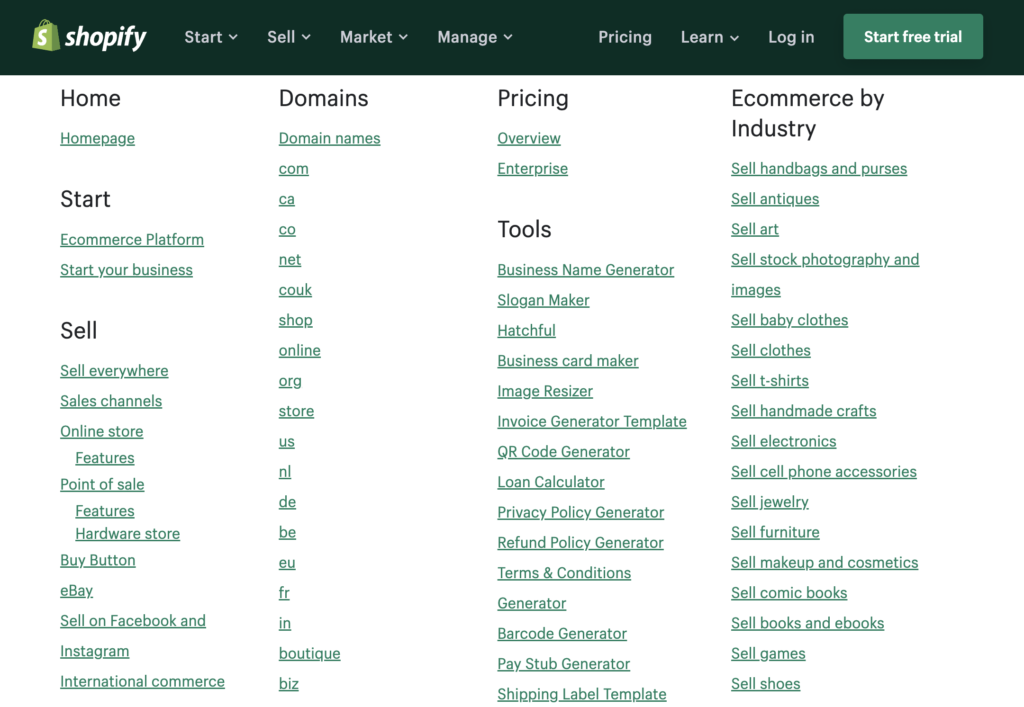
By anticipating the needs of their users, Shopify was able to accelerate their user's time-to-value by pairing content with their product.
The Results:
Since its launch in 2009, Shopify has disrupted the e-commerce market and has dominated the industry. As common with disruptive technologies, they started with slow adoption and then accelerated quickly.
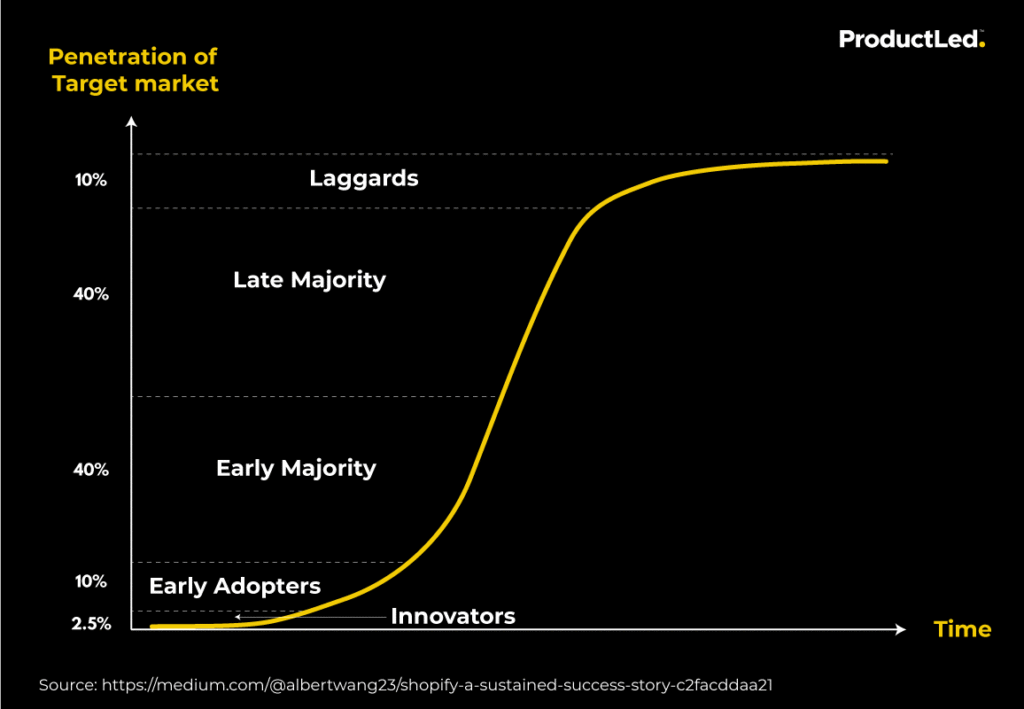
Shopify continues to soar, with monthly recurring revenue (MRR) steadily increasing since 2014 and surging during the height of the pandemic in 2020 onwards.
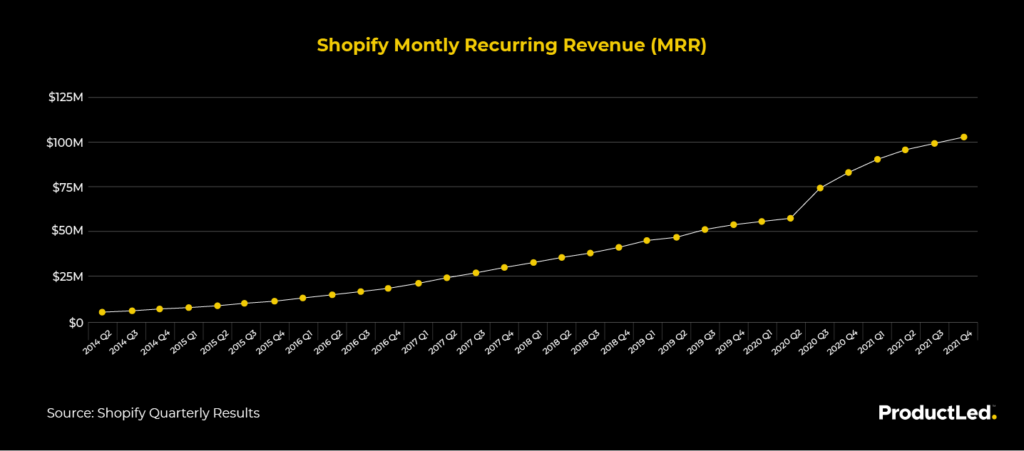
2. Opt-Out Free Trial Model
In the first model (Opt-In Free Trial), we discussed the power of having super easy, frictionless signups. However, the Opt-Out Free Trial is about embracing just the right amount of good friction.
Friction refers to a step in the user signup process that disrupts the signup flow.
In the Opt-Out Free Trial model, friction is created when a user stops the signup and inputs their credit card information.
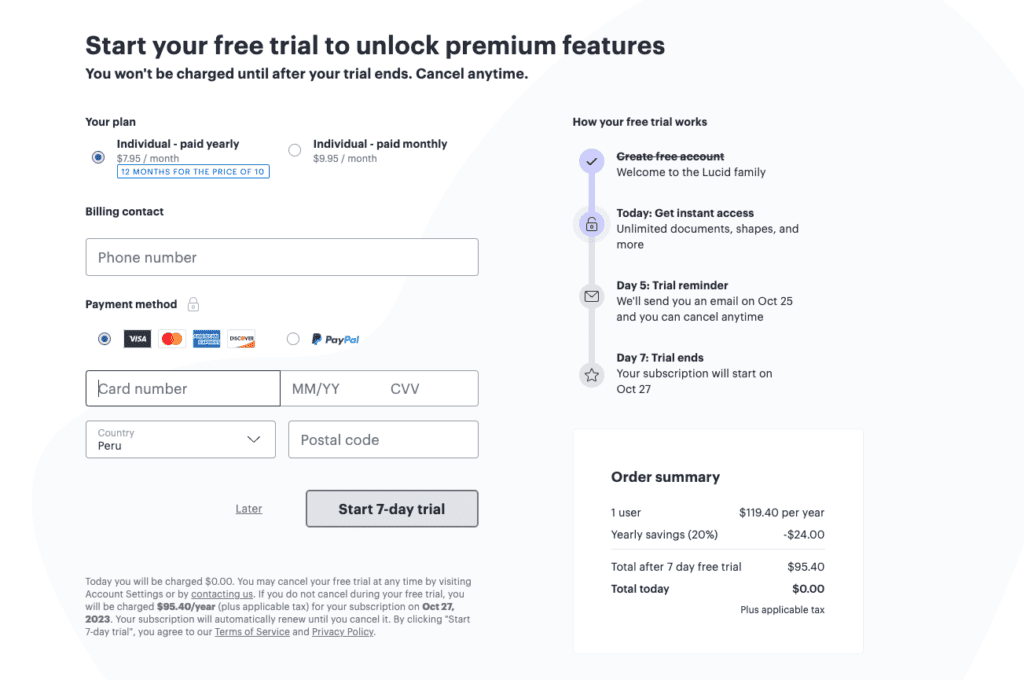
So how can friction work in your favor?
When software is more sophisticated or niche, you aren't trying to onboard the largest number of users. Instead, you want to attract users who have done the research, considered your competitors, and came to your site because your company made their shortlist.
If users have researched your software, they won't let something small like credit card details dissuade them from trying out your product. They're happy to see if the product is the solution they need.
The Opt-In Free Trial has a conversion rate of 25%, while the Opt-Out Free Trial (with CC) has a higher % conversion rate of 60%. This model has higher trial-to-paid conversion rates as it doesn't bring in as many tire-kickers (people who use but never buy).
But onboarding rates tend to be lower unless you can hit that sweet spot of aligning marketing content with your product.
Pros and Cons
We've provided the pros and cons of the Opt-Out Free Trial model in the table below.
| Pros | Cons |
| • More engaged audience • Better conversion • More active during the trial • Better user/high-value tracking • Filters out the “tire kickers” | • Barrier to entry • Impact of false revenue • Delayed churn and increase in support needs • Chargebacks |
Inherent Risks
Here are the risks and optimal scenarios:
| Risks | Best For |
| • Could frustrate the customer • Fraud/scheme • Higher support cost • Could damage brand reputation | • Payment • Mature, established companies to ensure the trust of CC details • Solid support team ready to assist the user |
This model isn't for everyone, but when paired with the right product and user, it has proven to be very effective in converting.
Case Study: Crazy Egg Opt-Out Free Trial
Founded by Neil Patel and Hiten Shah in 2006, Crazy Egg helps businesses optimize their website by providing a layer of analytics to their data using heat maps and A/B Testing.
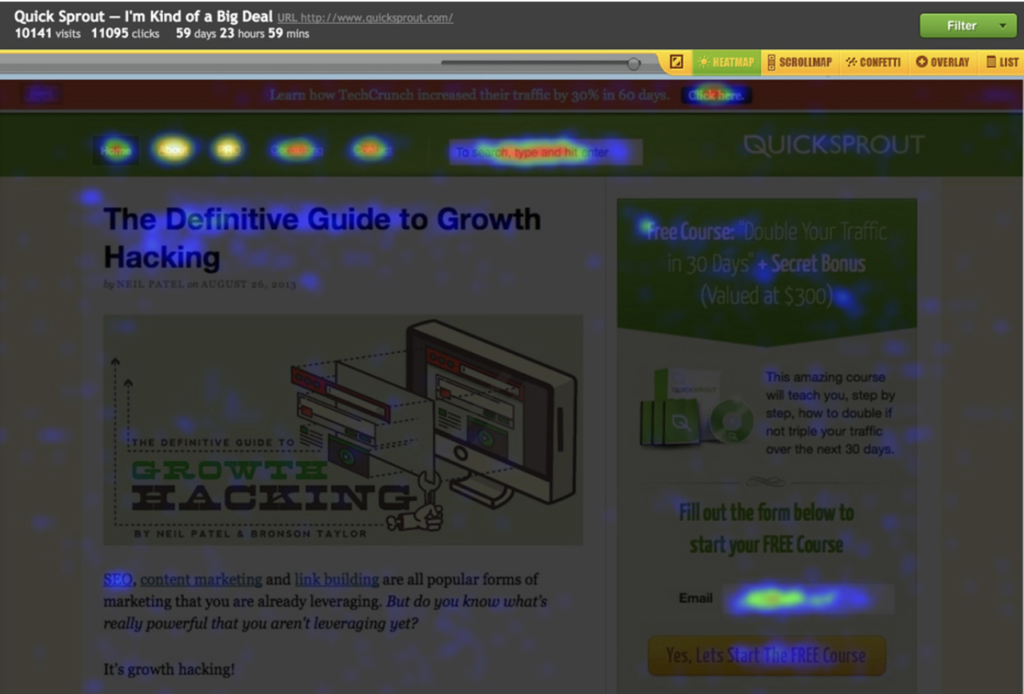
The Problem:
After switching to an Opt-Out Free Trial, fewer users signed up.
The Goal:
Get more signups using the Opt-Out Free Trial method.
The Solution:
They wanted to keep the small friction in place to weed out the tire kickers. These three solutions had the biggest impact.
First, they optimized the checkout.
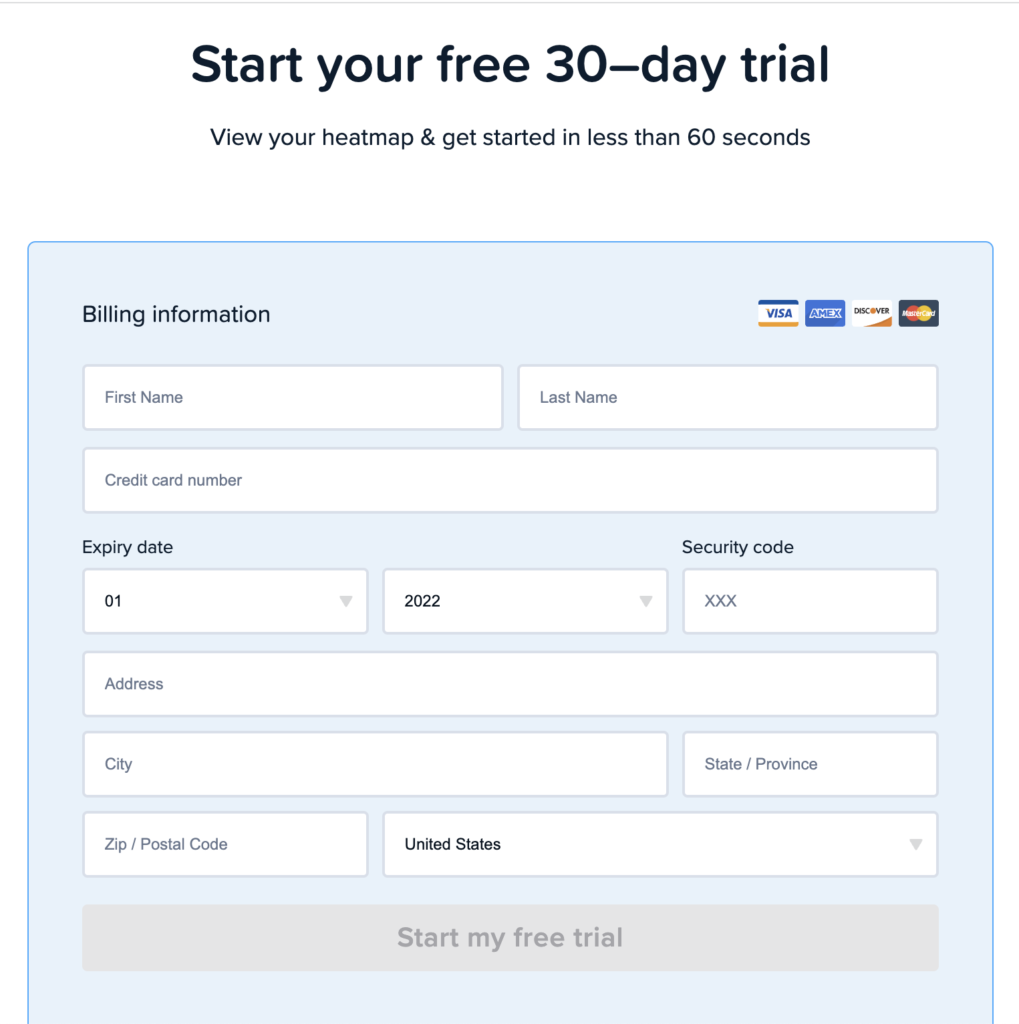
Then, they conducted surveys to see what users found objectionable regarding inputting their credit card information. Using the data, they answered in bold what users commonly found risky……

…….or objectionable.
Using the reframing principle, they addressed pricing. The recommended plan costs $99/month, or just under $1,200 a year. But when compared to the six-figure price (and time needed) to conduct a formal study by professionals, it suddenly seemed like a great value to users.
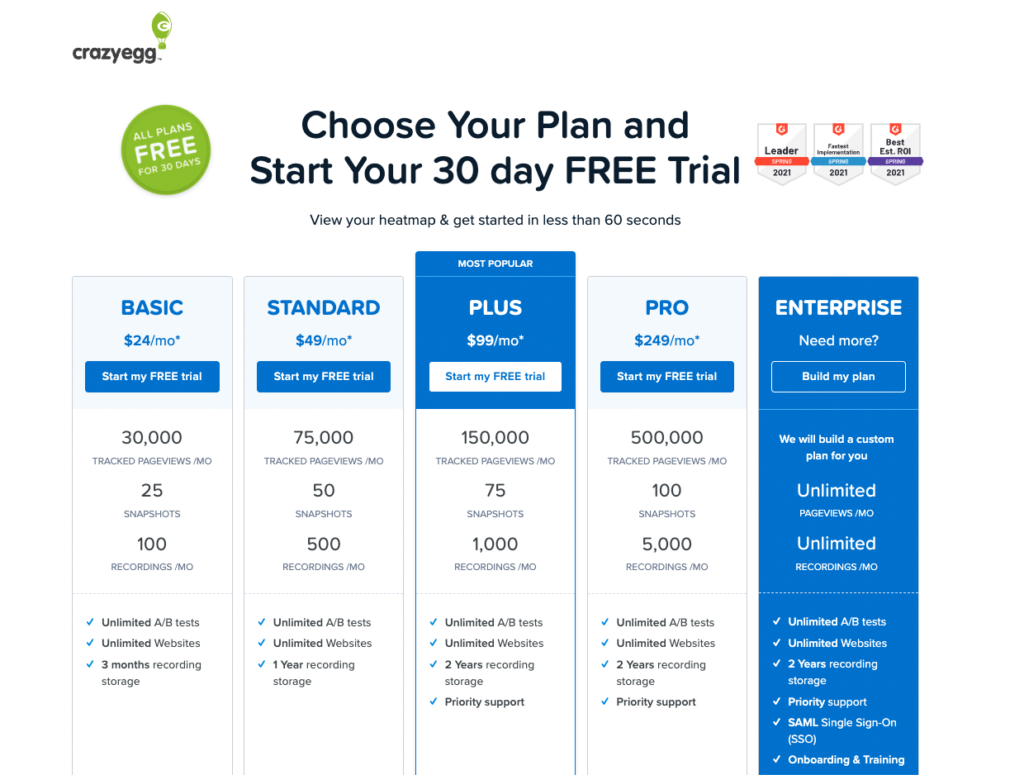
The final pièce de résistance was an explainer video they hung on their landing page, scripted with user-based semantics that came out in their surveys.
The Results:
Once Crazy Egg executed its solutions, its conversion rate increased by 363%.
Here are more results:
- Of the 363% increase, two solutions alone accounted for a 180% increase.
- Streamlining the checkout process and answering objectionable topics upfront increased their signups by 116%.
- Replacing text on the landing page and using an explainer video using their users' language increased their conversions by 64%.
3. Usage-Based Free Trial Model
Instead of a free trial with a time limit, this model is based on usage.
Have you ever been kicked off Zoom after 45 minutes? Or has Dropbox prompted you to upgrade while trying to save a large file? This is a usage-based model in action.
By giving your users unlimited access, you allow them to find more use cases, leading to long-term success and a higher customer lifetime value.
Open View Partners has seen a 10x ratio in the number of users in an account for usage-based software companies relative to their seat-based peers.
Pros and Cons
But it also comes with its own set of pros and cons. Let's take a look.
| Pros | Cons |
| • Accessibility • Full scope of product • Pay for what we used • Fast and easy upgrade upon consumption | • Defining the limit on usage • No real urgency to upgrade |
Inherent Risks
As with every model, there are risks and ideal situations.
| Risks | Best For |
| • Could be confusing for the user to understand how it works • If you get the unit wrong the model won’t work | • Web hosting companies • Application Programming Interfaces • Service Software • Situations where the unit you’re giving away is well understood by the customers (i.e. gigabyte of data) |
Let's look at a company that implemented the Usage-Based Free Trial and continues to be successful.
Case Study: DropBox Usage-Based Free Trial
Dropbox launched in 2008, and while they weren't the only cloud storage service, its product was the easiest to use, and its onboarding process was simple.
Here's their landing page from back in 2008.
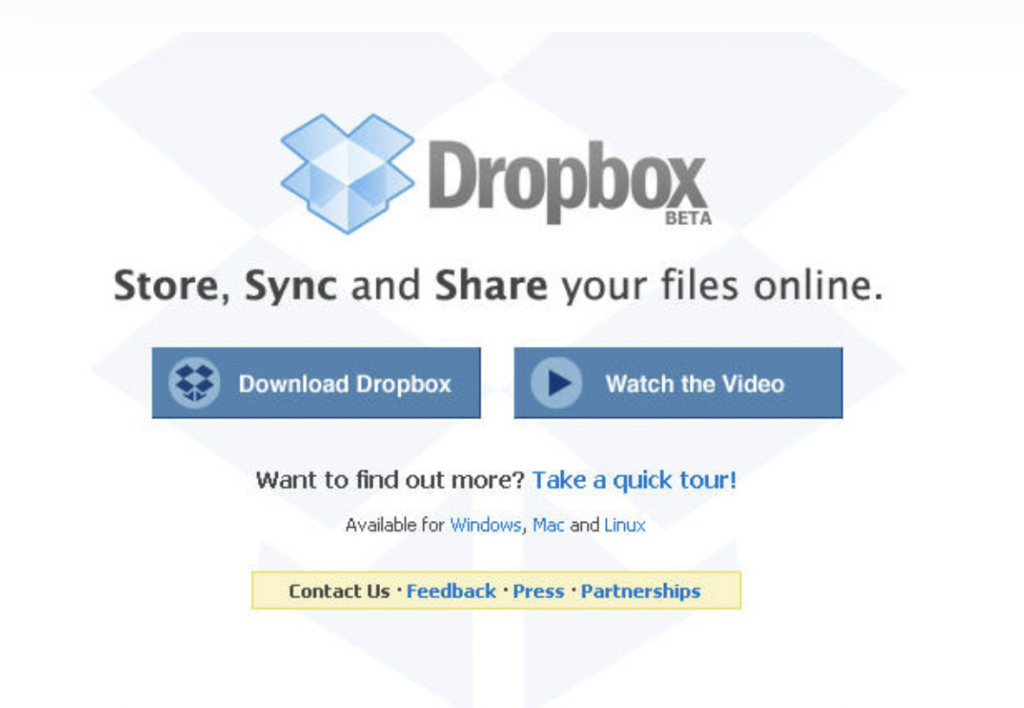
The Problem:
In 2008, there was a lot of competition in the cloud storage space. Operating on a minimal budget, they couldn't afford paid advertising to tell the world about their product.
The Goal:
To get their product used by as many people as possible, as quickly as possible.
The Solution:
Dropbox took a two-step approach to solve its problem.
Dropbox's competitors, such as Megaupload, Rapidshare, Hotfile, and other file-hosting sites, couldn't run on multiple platforms. Also, they intentionally decreased download speeds and showed spammy ads to make their free products painful to use.
So Dropbox differentiated itself by providing a high-quality free product that runs seamlessly on multiple platforms while sustaining download speeds.
Early on, they realized acquiring customers via paid advertising costs $300 per customer. And it was neither efficient nor cost-effective for scaling. So, they decided to focus on word-of-mouth marketing campaigns by selecting high-profile music bloggers to try their product first to create a buzz.
Next, Dropbox focused on making onboarding as simple and easy as possible. Then, they created a referral program through social media and their website. Any user who successfully referred someone to Dropbox received an extra 2GB in storage space.
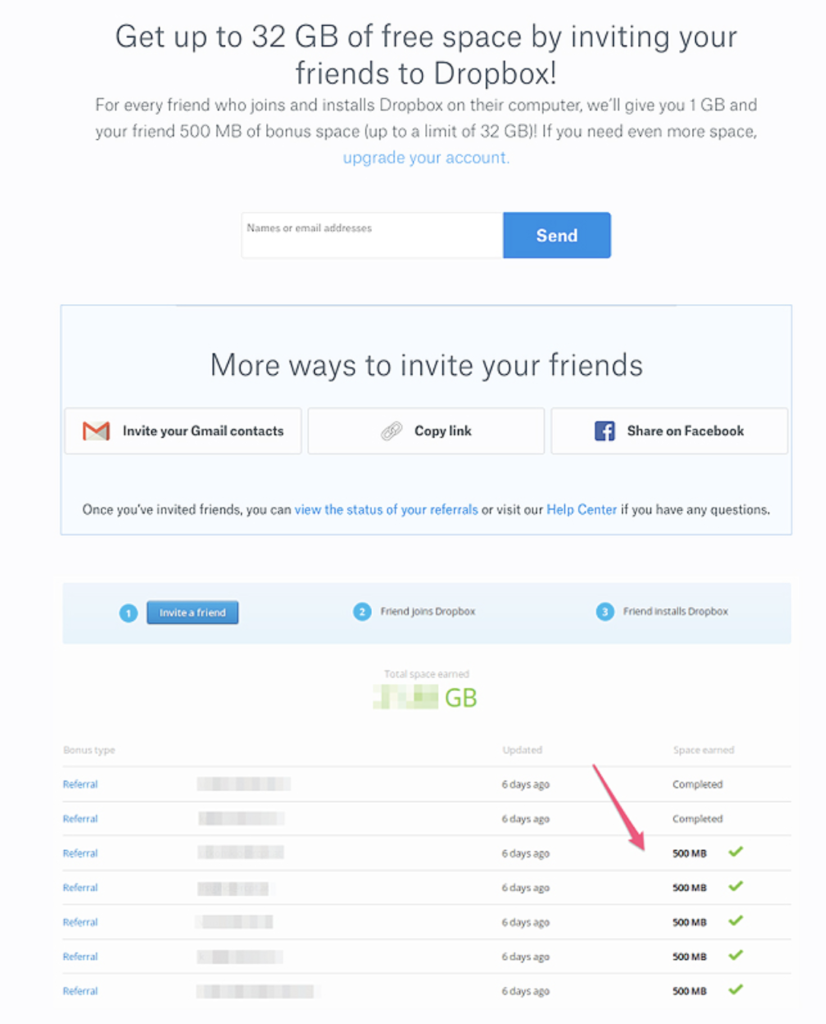
Their word-of-mouth/referral strategy proved so effective that as new social media platforms emerged, they continued incentivizing their users' referrals.
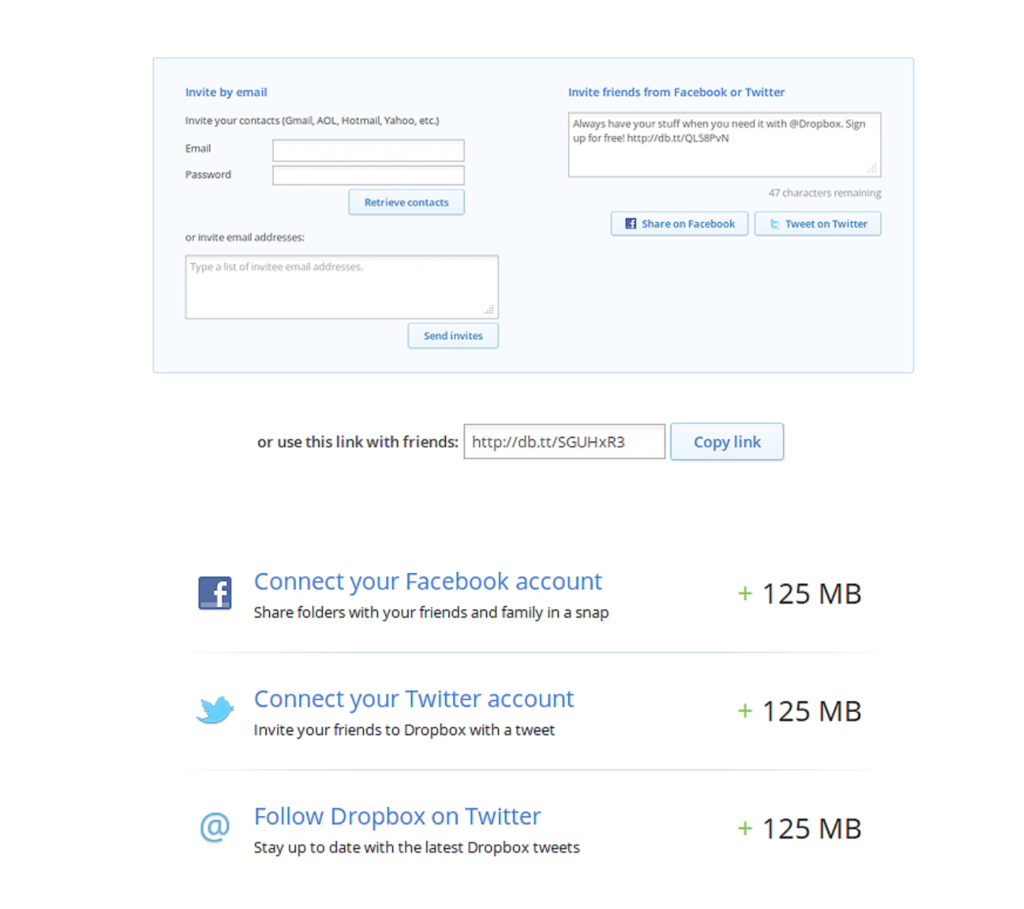
The Results:
This strategy made Dropbox one of the fastest-growing startups in history.
The company hit 1 million members in the Spring of 2009 and 4 million registered users by the end of the year. They soared to a 25 million user cap in early 2010, 50 million in 2011, 100 million in 2012, 200 million in 2013, and so on.
In 2018, DropBox became Y Combinator's first startup to file for an initial public offering (IPO).
4. Freemium Model
If you've made graphic designs on Canva, sent emails on Mailchimp, or reviewed your writing with Grammarly, you've used a freemium product.
The Freemium model has recently become one of the most doted upon as users become wary of tedious cancellation processes.
Freemium is a two-tiered user acquisition model that splits users into paid subscribers or free users, like a Usage-Based Free Trial. Free users have limited product features, whereas paid users (or premium users) have full access.
However, the main distinction is that with a Freemium product, you can use the most basic version of the product for as long as you want.
For example, with Canva, you can continue to make all the designs you would like. However, there are limits to templates and features you can use. For example, you can't access its Brand Kit features or resize a template without upgrading.
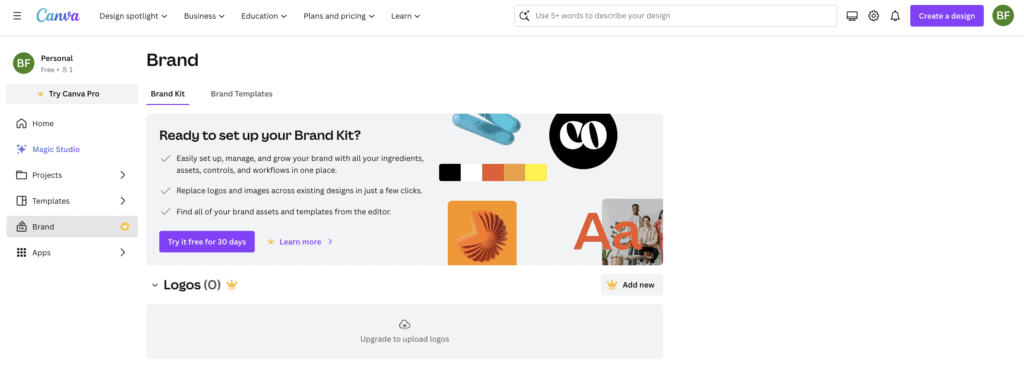
Or, in the free version of Grammarly, you can edit as much text as you want without restriction. But you can't use the plagiarism tool.
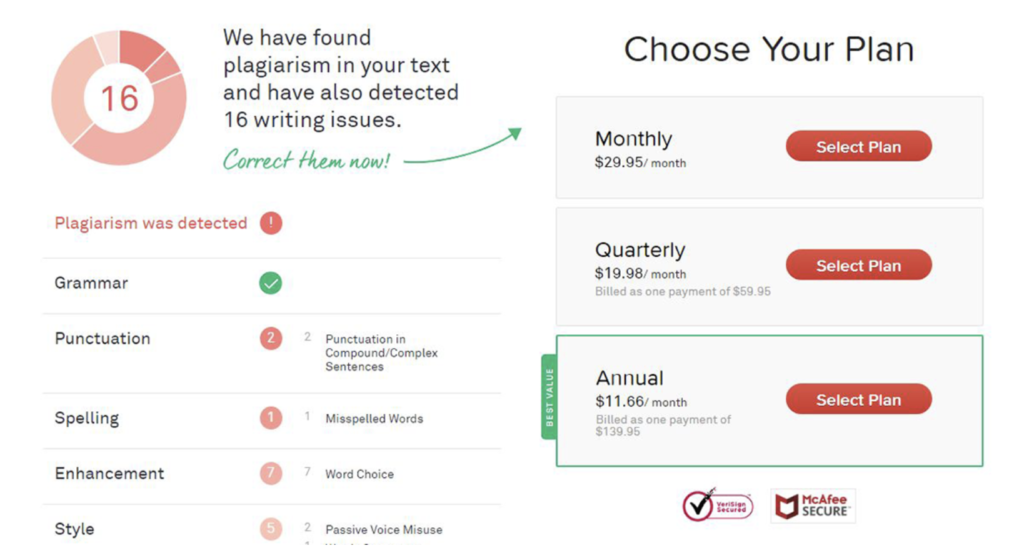
These companies have shown how the Freemium model can act as a genesis for online communities that help users collaborate, find new uses, and solve problems.
Pros and Cons
Of course, a Freemium product isn't for everyone.
| Pros | Cons |
| • User experiences the product • Easy new user acquisition • Low barrier to entry • Build brand connection • Bigger funnel • Good retention • Builds online communities | • Higher support rates • Value perception • Big market required • User might not commit to the product • User noise |
Inherent Risks
Here are the risks businesses should consider and ideal use cases for this model.
| Risks | Best For |
| • Cost control • Tons of spam accounts • No incentive to upgrade • Difficult to prioritize features • Low conversion rate | • Games • Entertainment • Software • Online magazines |
Now, let's take a look at the model in action.
Case Study: Spotify Freemium Model
The legendary platform was developed in 2006 in response to the growing problem of piracy in the music industry. The idea was to improve the streaming service over programs like Napster or LimeWire.
Spotify offers music fans a free service with advertising with the goal for users to upgrade to €10 a month for an ad-free subscription.
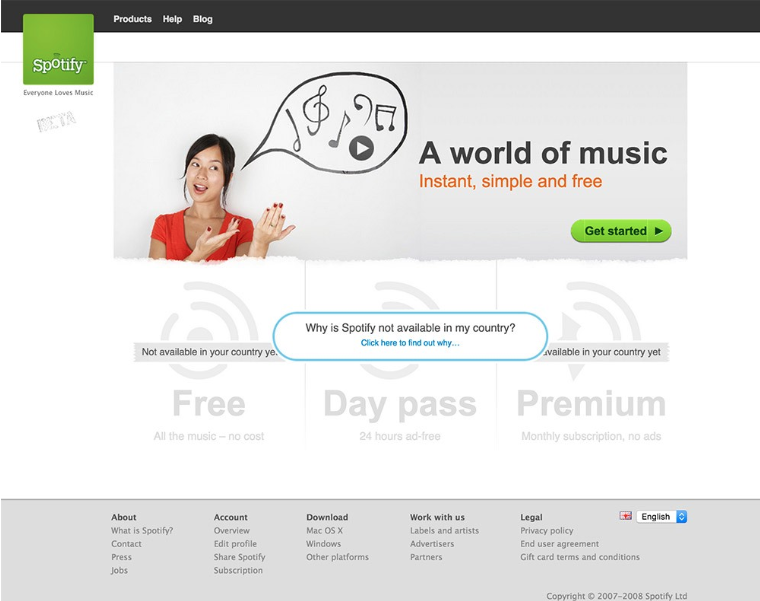
“I realized that you can never legislate away from piracy.”
Daniel Elk, Spotify Founder
The Problem:
How could they get users to try a technology they've never heard of before (i.e., music streaming)?
The Goal:
To educate music lovers about the new streaming service that instantly brings high-quality music to users. And get users excited enough to try it.
The Solution:
While Spotify was still in the developmental stage, it brought a community of well-known music bloggers. The bloggers got excited and started a buzz about the new streaming technology.
Then, the founders demonstrated to the four major music labels in the US their streaming technology and sold them ⅕ of their shares for roughly $112,000. Spotify then invested in its product to make it high-quality and simple.
The Results:
By the time they launched their product, most people had heard of them. With the backing of major record labels, they had access to a premium music database, and Spotify took off. The founders anticipated that once users experienced the quality of their product, they would happily upgrade to a premium version.
And it worked.
5. New Product Model
A new product model leverages all of the other product-led growth models. The main difference is that a New Product solves a different (but complementary) problem than the core product to satisfy the same user base.
For example, ConvertKit added a free landing page builder to their product.
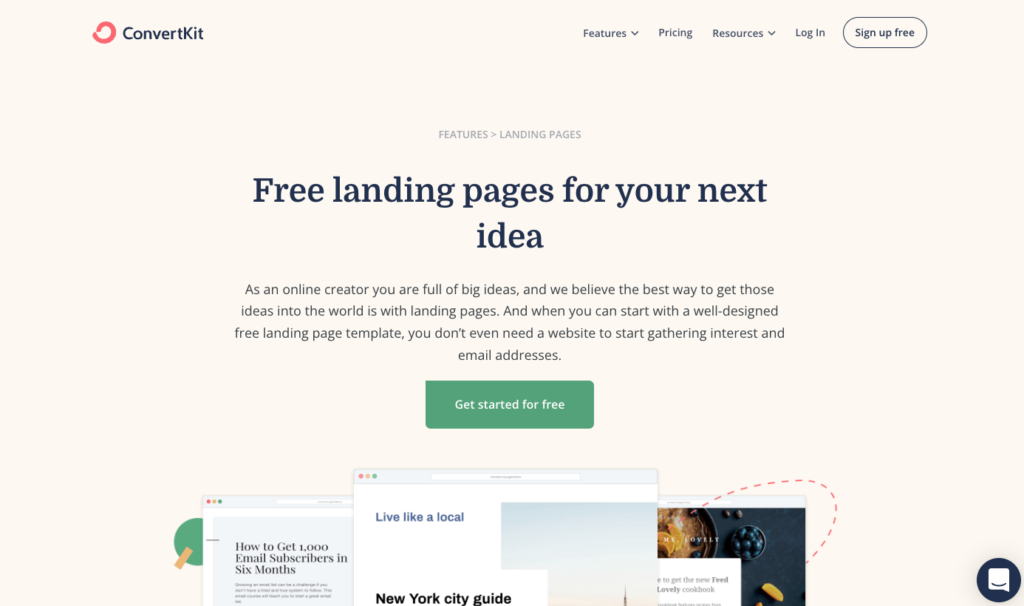
Or HubSpot Sales added a free email chrome extension.

Pros and Cons
Even though the model is used alongside other products and PLG models, it still has distinct pros and cons.
| Pros | Cons |
| • Best option if your current product only solves intermediate and advanced problems • Quicker to move to the PLG model with a new product in an established org. • Less risk with PLG effort. | • Confusion and concerns between current products & new. • Marketing department scope with two different users to market. |
Inherent Risks
Let's take a look at the risks and who this model is best for.
| Risks | Best For |
| • Resource waste • Costs more money • Confusing users • Long time-to-value • Cannibalization | • Established companies where you don’t want to disrupt your core product(s) • Products that require a complementary tool to make them easier to use • Solving beginner problems |
Case Study: Vidyard New Product Model
Vidyard is a video platform for companies using videos for marketing and sales. They boast rich tools to help users upload and share videos.
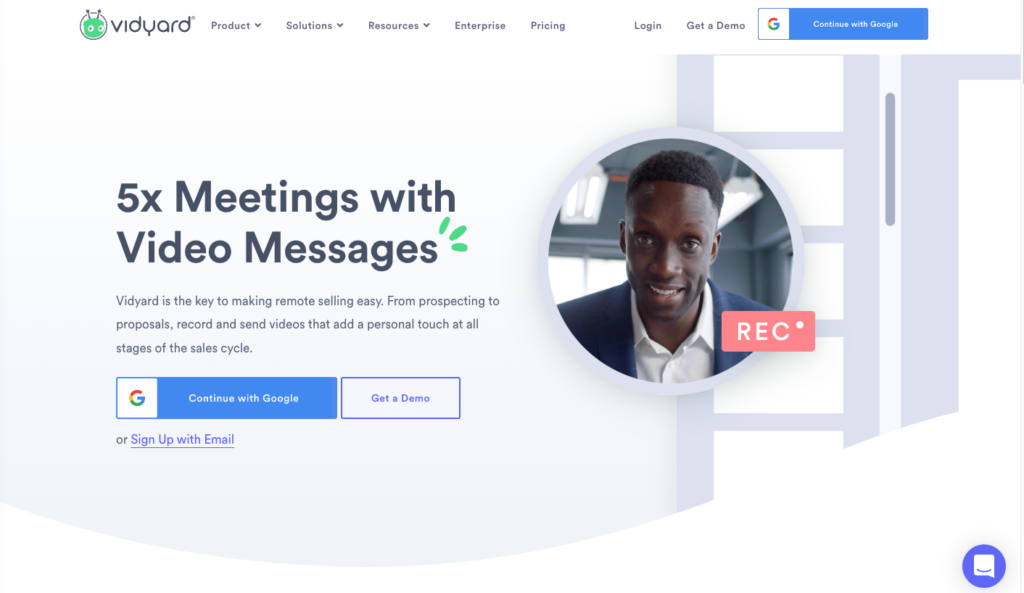
Vidyard set itself apart from its competitors with a product that helps companies track user viewings and provides engagement analytic reports.
The Problem:
Due to the pandemic, businesses were forced to adapt to virtual communication. As a result, many sales teams turned to user-generated videos to connect with customers and share ideas.
Employers also needed something simple to share instructional videos to train their employees on new tools needed for working remotely.
The Goal:
Create a new product to leverage the core product for remote offices during the pandemic.
The Solution:
They launched desktop apps for Mac and Windows to help professionals record and share high-quality videos.
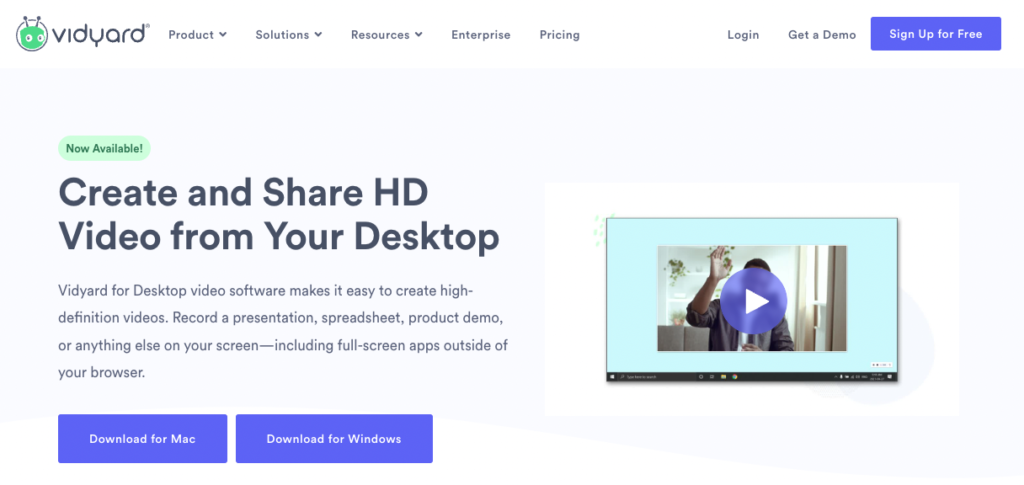
The Results:
The Vidyard launch of a free desktop app for Mac and Windows in March 2021 induced a 250% growth by June 2021. Vidyard added 5,000 new business and enterprise customers in three months.
As of February 2022, Vidyard's customer base surpassed 250,000 companies as the business adoption of video continues to grow.
6. Sandbox Model
The value of some products can be hard to explain. Sometimes, the most powerful and efficient way to lead users to their "Aha!" moment is to play around with a product and see how its features can solve their problems.
While this seems a lot like the Freemium model, the main difference is the system is a self-led demo that allows the user to explore the functionalities and features of a system before investing in the setup and team buy-in.
Below is a Sandbox model from Instruqt, which creates Sandboxes for big platforms and cloud-based services. They take a company's complex software and create a self-led demo to show a potential user how the software works within their internal system.
This is done within the Sandbox, so the interested party is guided by teaching modals and can play around with the software without changing anything in their system.
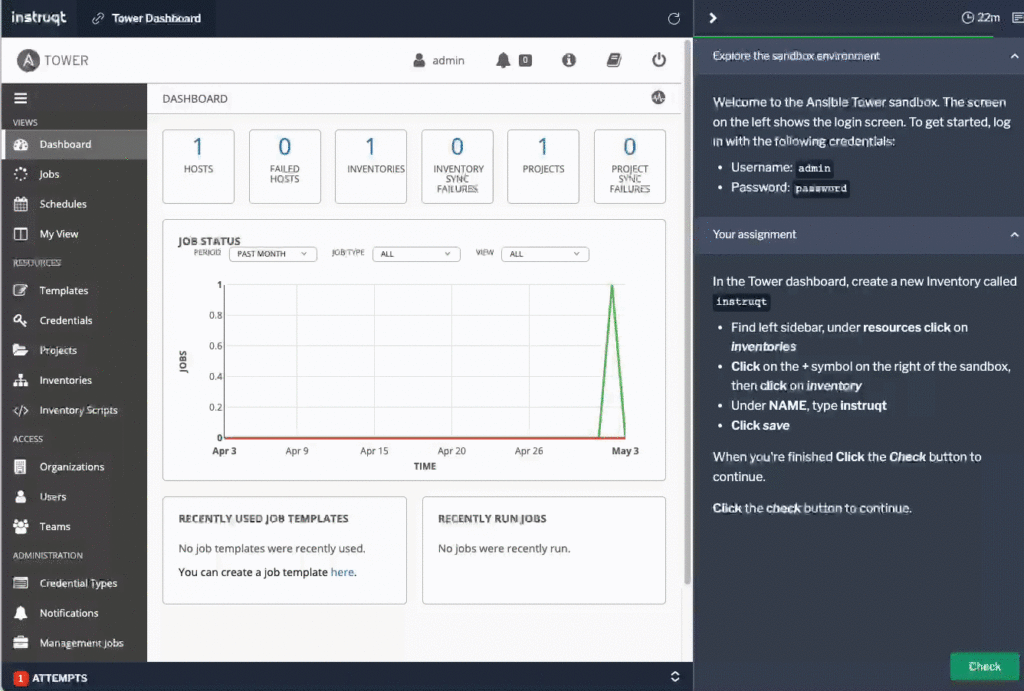
Pros and Cons
The Sandbox model can be very powerful if teaching is required to use your product.
| Pros | Cons |
| • Fast set up removes friction from signup and walkthrough • More engaged user • Option to test everything • See the value in everything | • Not user customization • No big “Aha!” moment • Needs significant team participation to implement • Potential for high CAC upfront |
Inherent Risks
And finally, let's look at the risks and what it works best for.
| Risks | Best For |
| • Time to realize value may actually be increased • Can add more complexity and friction to your user journey • High drop-off | • Apps that require a big setup • Complicated programs that are hard to explain • When key and differentiating features can be hard to find • When zero state provides a limited understanding of product capabilities |
Case Study: Amplitude Sandbox Model
Amplitude is software that collects a massive amount of data sets, analyzes them, and helps companies make the best data-driven decisions regarding their processes on time.
And while the software is easy to install, it takes days or weeks to collect data rich enough to use with its features.
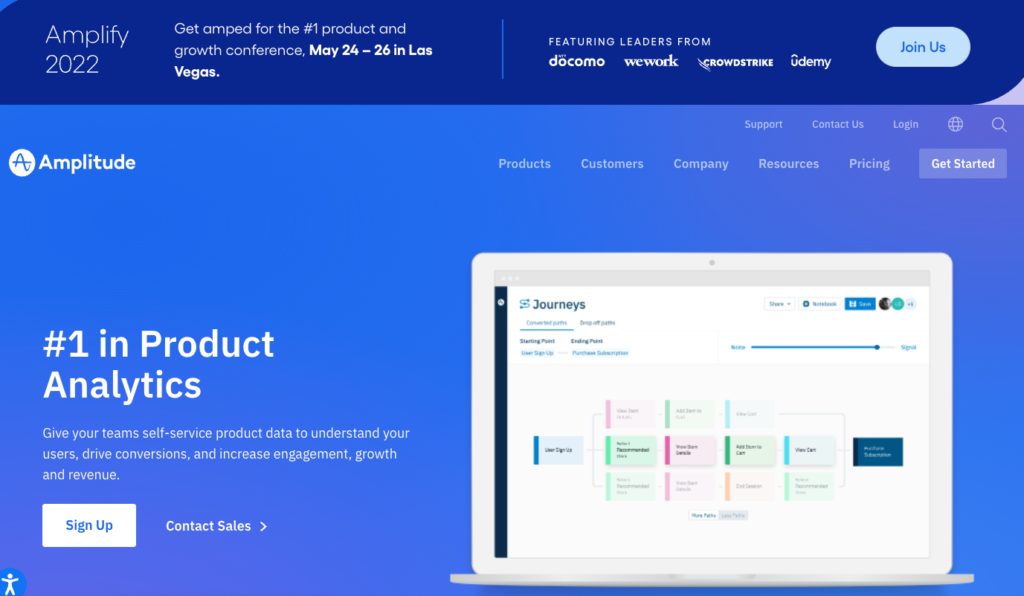
The Problem:
Installation requires help from a developer, and it takes days to weeks for the data to be meaningful enough to see the software's full functionality.
The Goal:
Allow users to play with the different features to decide whether to invest their time into setup and team buy-in.
The Solution:
Amplitude created a Sandbox demo that allows users to play with the views, dashboards, and reporting features. Throughout the tour, features are constantly being explained, and there's always an option to contact the support team for further questions about the product.
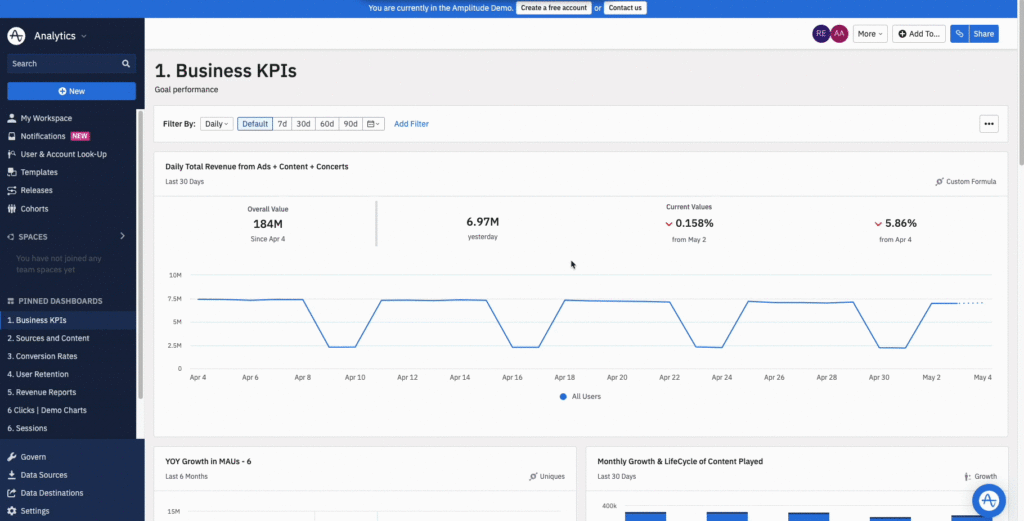
The Results:
Amplitude launched their Amplitude 2.0 simultaneously as their self-service product demo. The user response has been positive, with 18% of users entering the demo contacting sales for more information.
Picking the Best Free Model for Your GTM Strategy
With this definitive guide and real-life examples, you now have a better idea of what you're working with. But how do you choose which model would be best for your company?
When picking the best free trial model, it's vital to understand your buyers' needs. They want to try out your product before committing to a purchase and see the value it can bring to their business.
To continue on your journey of building a free trial model for your product-led business, check out the nine components of the ProductLed GTM System™️.

